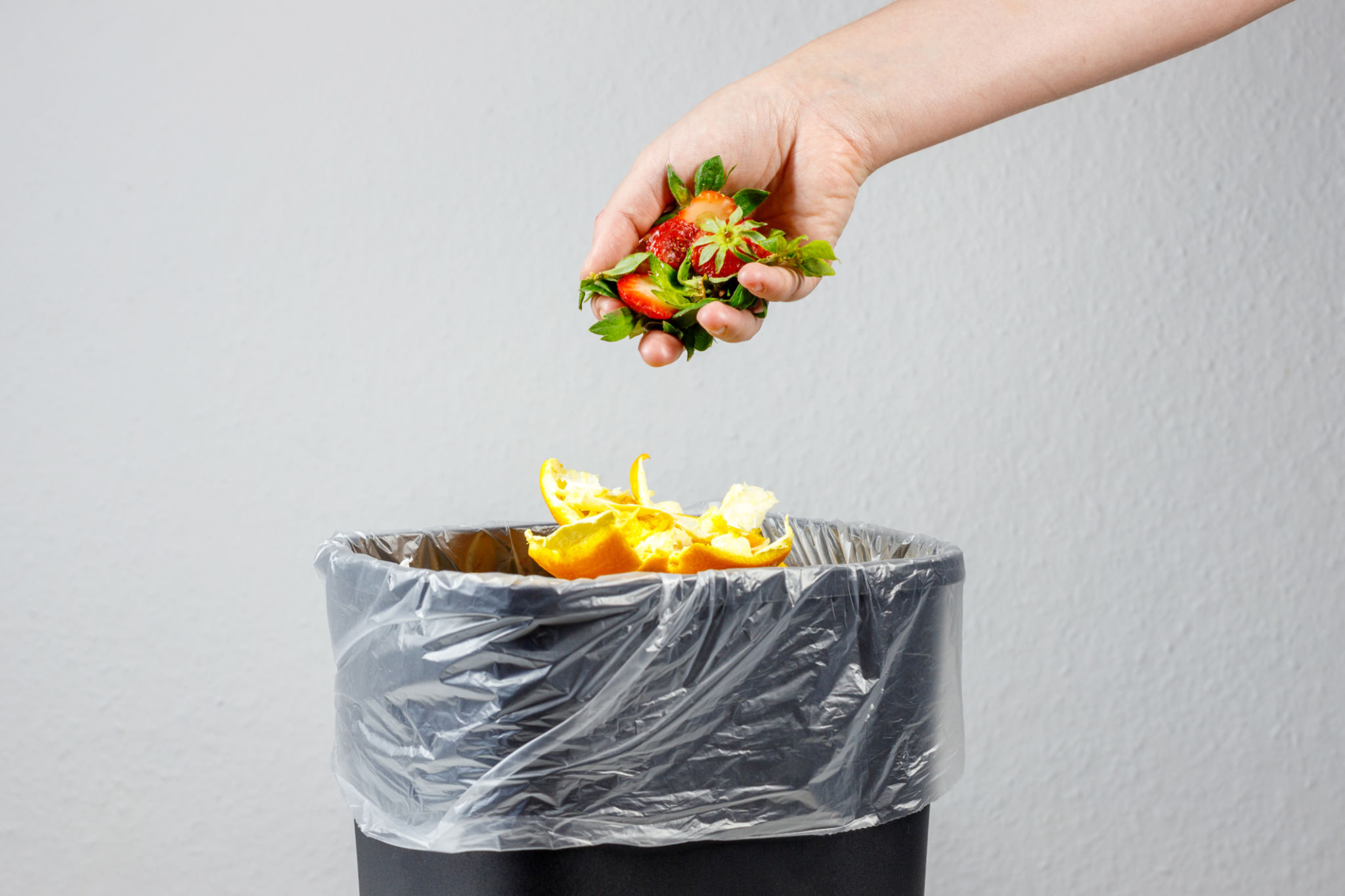How to Turn Household Waste into a Renewable Energy Source
Introduction to Renewable Energy from Waste
In today's world, the push for sustainable solutions has become more urgent than ever. One innovative approach gaining attention is the conversion of household waste into renewable energy. This method not only helps reduce landfill usage but also contributes to energy sustainability.

Understanding the Basics of Waste-to-Energy Conversion
Waste-to-energy (WtE) is a process that converts non-recyclable waste materials into usable forms of energy such as electricity, heat, or fuel. This is achieved through various technologies such as combustion, gasification, and anaerobic digestion. Each of these processes breaks down waste to release energy that can be harnessed for different applications.
Combustion
Combustion involves burning household waste at high temperatures to produce steam, which then drives turbines to generate electricity. This is one of the most common methods for converting waste to energy, effectively reducing the volume of waste by up to 90%.
Gasification
Gasification is a process that transforms organic or fossil-based materials into syngas, a mixture of hydrogen and carbon monoxide. This syngas can be converted into electricity, fuels, or chemical products, offering a versatile energy solution.

The Role of Anaerobic Digestion
Anaerobic digestion is an environmentally friendly process where microorganisms break down organic matter in the absence of oxygen. This process produces biogas, which can be used for heating, electricity generation, or as a vehicle fuel. Additionally, the residual material can be used as a nutrient-rich fertilizer.
Benefits of Anaerobic Digestion
The anaerobic digestion process not only helps in managing household waste but also reduces greenhouse gas emissions by capturing methane that would otherwise be released into the atmosphere. Furthermore, it provides a sustainable source of energy and enhances soil health through its by-products.
Implementing Waste-to-Energy Solutions at Home
While industrial-scale waste-to-energy plants are more common, there are ways to adopt these technologies on a smaller scale at home. Here are some steps to start:
- Composting: Set up a compost bin to manage organic waste and produce natural fertilizer.
- Biogas Generators: Consider installing a small biogas generator to utilize kitchen waste and generate biogas for cooking or heating.
- Recycling and Reuse: Maximizing recycling efforts reduces the volume of waste needing energy conversion.

Challenges and Considerations
While turning household waste into renewable energy offers numerous benefits, there are challenges that need addressing. Initial setup costs, space requirements, and the need for technical expertise can be barriers for some households. Additionally, educating communities about proper waste segregation is crucial for effective waste-to-energy conversion.
The Future of Waste as a Renewable Energy Source
The potential of household waste as a renewable energy source is vast. As technology advances and awareness grows, we can expect more efficient and accessible solutions for converting waste into clean energy. Governments and communities worldwide are increasingly investing in research and infrastructure to support this sustainable practice.
Conclusion
Turning household waste into renewable energy is a promising solution to modern environmental challenges. By adopting small-scale solutions and supporting larger initiatives, individuals and communities can contribute significantly to reducing waste and promoting sustainability. With continued innovation and commitment, we can harness the full potential of our waste for a cleaner, greener future.

